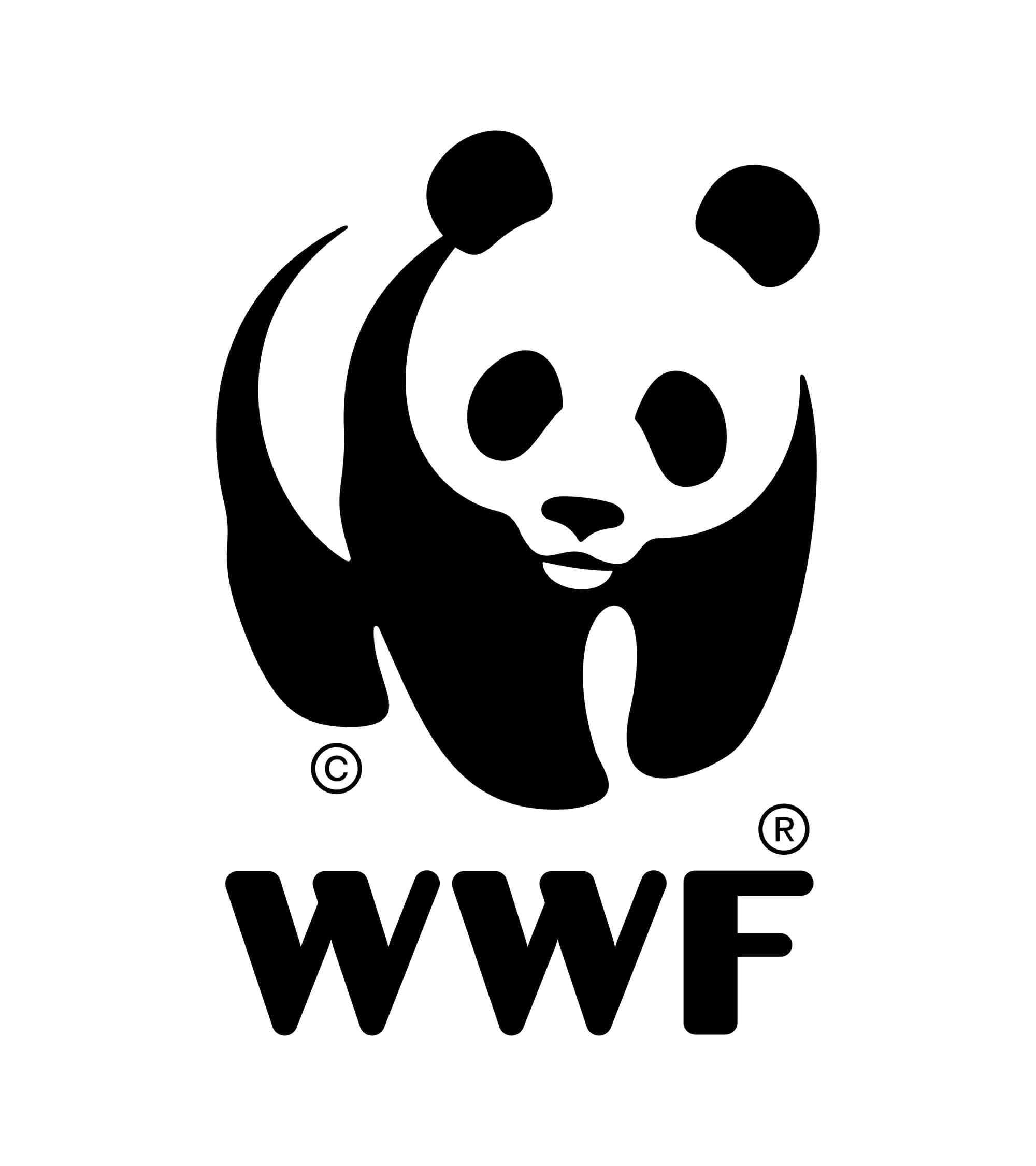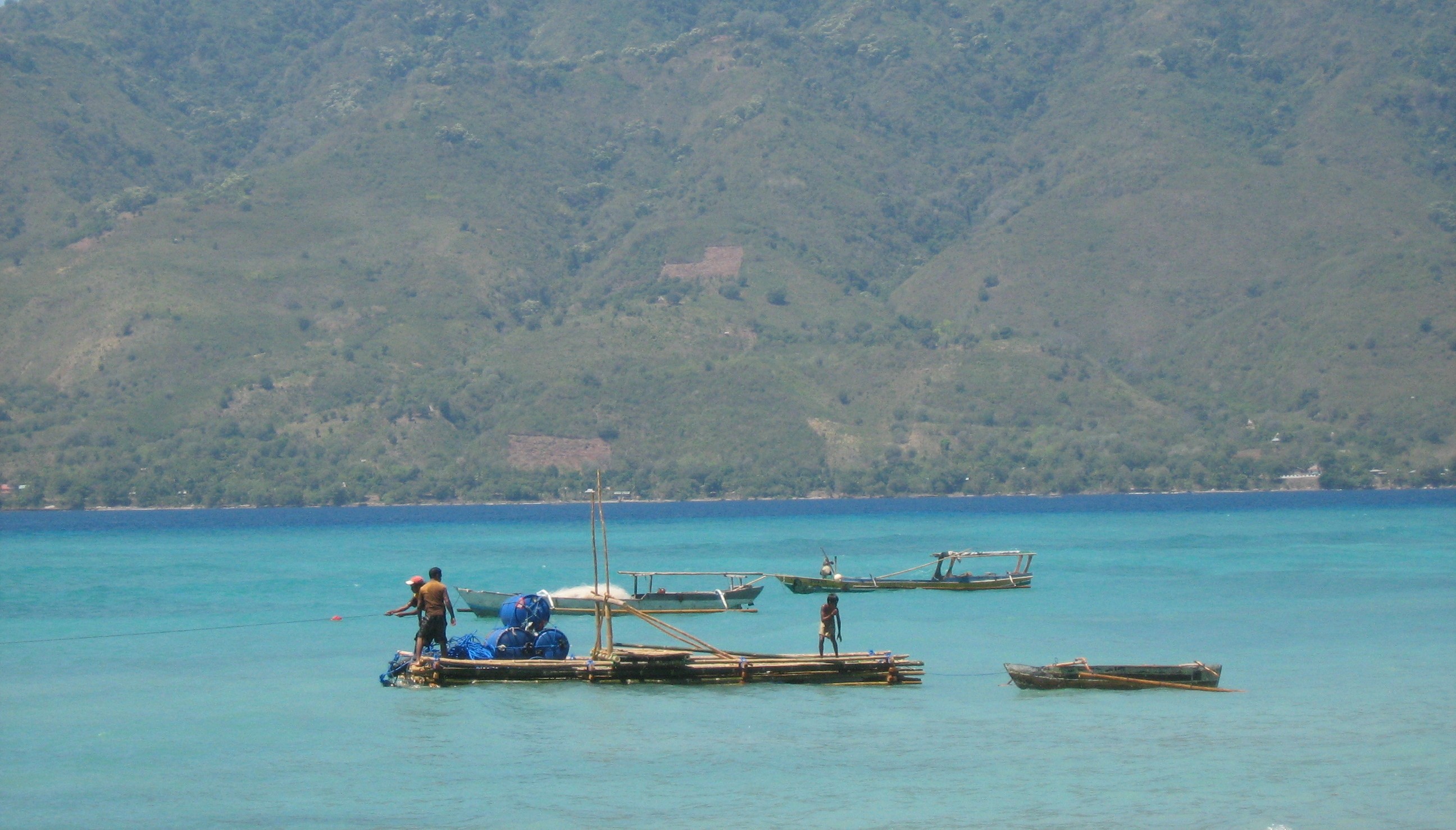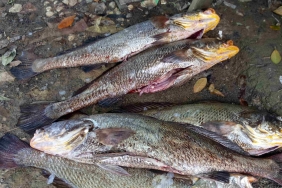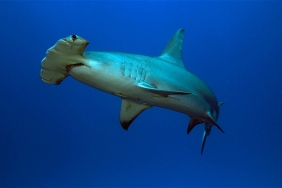INTEGRATED MANAGEMENT STRATEGY IN SOLOR ALOR SEA AND COASTAL AREA
(Part 1 from 2)
by M. Ridha Hakim/WWF Indonesia Solor Alor Project Leader
WWF Indonesia with its Solor Alor project is currently progressing the initiation of local maritime conservation area settlement. The area has approximately 700,000 hectares covering 3 regencies, namely Alor Regency, East Flores Regency and Lembata Regency. The initiation has been starting since 2008-2009.
Historically, the sea and coastal area has been functioning as a community center, considering its physical and geographical advantages. Various economic activities have been growing in this place that developed a blend of different utilization patterns which does not always come up in agreement between one another. On the other hand, coastal area is an ecological system with a high ability to produce sea products. However, this ecosystem is likely to get pressured, either by natural process or due to exploitation activity which tend to be “excessive”.
Based on various data, accumulation of activities in Solor Alor sea and coastal area resulted in issues that has implication on the management factor, such as lack of attention to mainland and maritime ecosystem balance in local spatial planning. Up till now, development execution has been paying more attention to the mainland resources utilization. Thus, spatial planning pattern in coastal area tend to give unadequate opportunity to the sea and coastal area resources utilization effort. In addition, environmental management in the upstream area also tends not to consider the impact received by the coastal area.
Rapid activity growth in coastal area and its tendency to exceed enviromental capacity is resulting in enviromental quality degradation in the coastal area, as well as spatial utilization conflict between the activities and people.
The tendency of local government to continue increasing its revenue through over-exploitation of the coastal area regardless of the enviromental quality degradation will eventually impact on potential reduction and enviromental issues. Thus, a large amount of recovery cost will be required as well. This in turn would likely result in decreased revenue.
Other problems may also occur, such as lack of developmental coordination between sectors and regions which may lead to conflict between autonomous regions regarding utilization of coastal and marine resources, also resolution of cross-regional environmental impacts.
Utilization of coastal resources may lead to conflict when each autonomous region with its authority claims the area (sea) with regulations that prohibit ‘outsider’ fishermen explore the potential of natural resources under the administrative territory. If this arrangement is not done improperly and integrated will cause greater social-economic conflict, which has been happening in some Solor Alor sea areas.
The community’s participation in sustainable coastal and marine resources management is very low. The factor that hinders community empowerment effort is the centralistic development approach dominated by the past government. This is reflected in public indifference in achieving common goals.
Reflecting on the issues above, it is time for the three regencies to unite and think about the importance of integration and collaboration in managing the sea and coastal area. This concept of thinking needs a serious thought and handling, togetherness, cross-sectors, cross-regions, with the interests therein.
Some of the issues above indicate the need of a big strategy in the future; a strategy to achieve better management practices toward integrated planning, both cross-sectors and cross-regions. This integrated sea and coastal management effort requires information on potential development in certain sea and coastal area, including its issues, both actual and potential issues. The Integrated Sea and Coastal Management is basically intended to utilize the resources and environmental services within this area in a sustainable manner and optimal effort for the prosperity of the people. Therefore, the formulation of Integrated Sea and Coastal Management is arranged based on the potential, opportunity, issues, obstacles and actual condition, by considering effects of strategic environment toward national development, autonomous regions and globalization. (Continued to part 2)
contact: Ridha Hakim (rhakim@wwf.or.id)
Note:
WWF-Indonesia works in three districts of Alor Solor with 23 villages, continuing to improve sustainable support with the aim of diminishing the threat and that Alor-Solor will continue its conservation programs, as followings: KKLD (marine protected are) formation in Lembata and East Flores, to build and maintain the commitment of local governments in the formation of KKLD at those two districts in the way of program and budget sharing. Conduct further surveys on coral reef ecology, fish, mangroves, and seagrass, and divide zoning team for Alor district which have been formed by SK (Regent Decree), where the process of preparation of zoning area is still underway. Our valuable works in Alor Solor have been elevated by the support of WWF-US , WWF-Netherland, DANIDA (Danish International Development Agency), and Packard Foundation.





